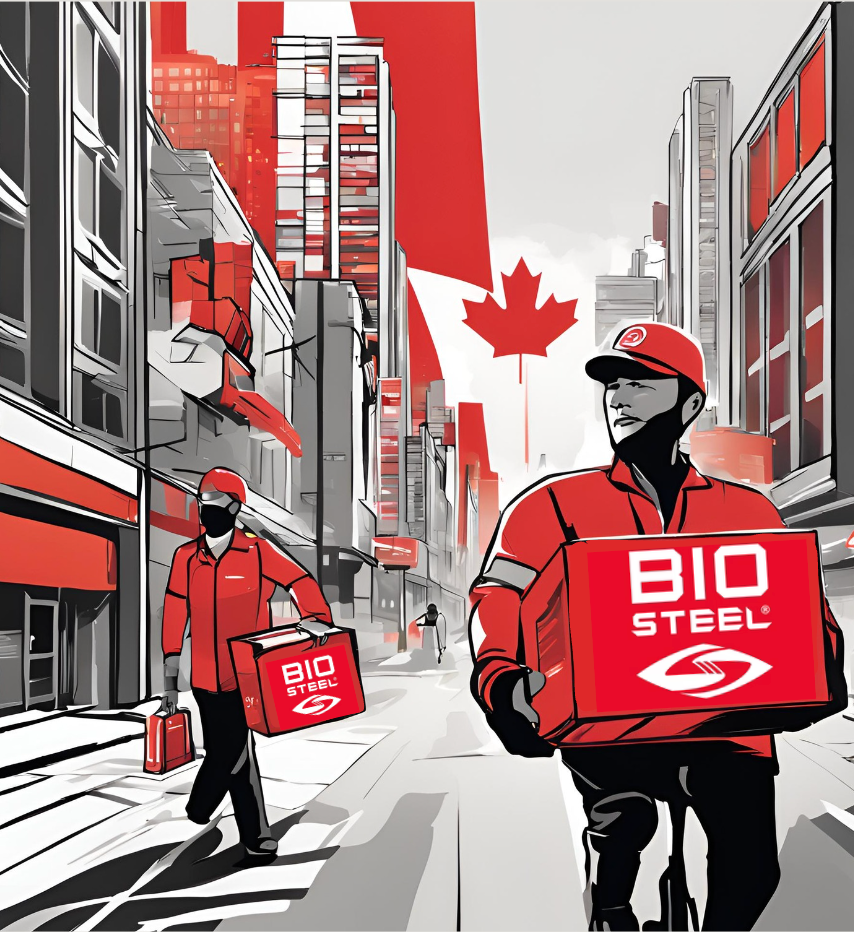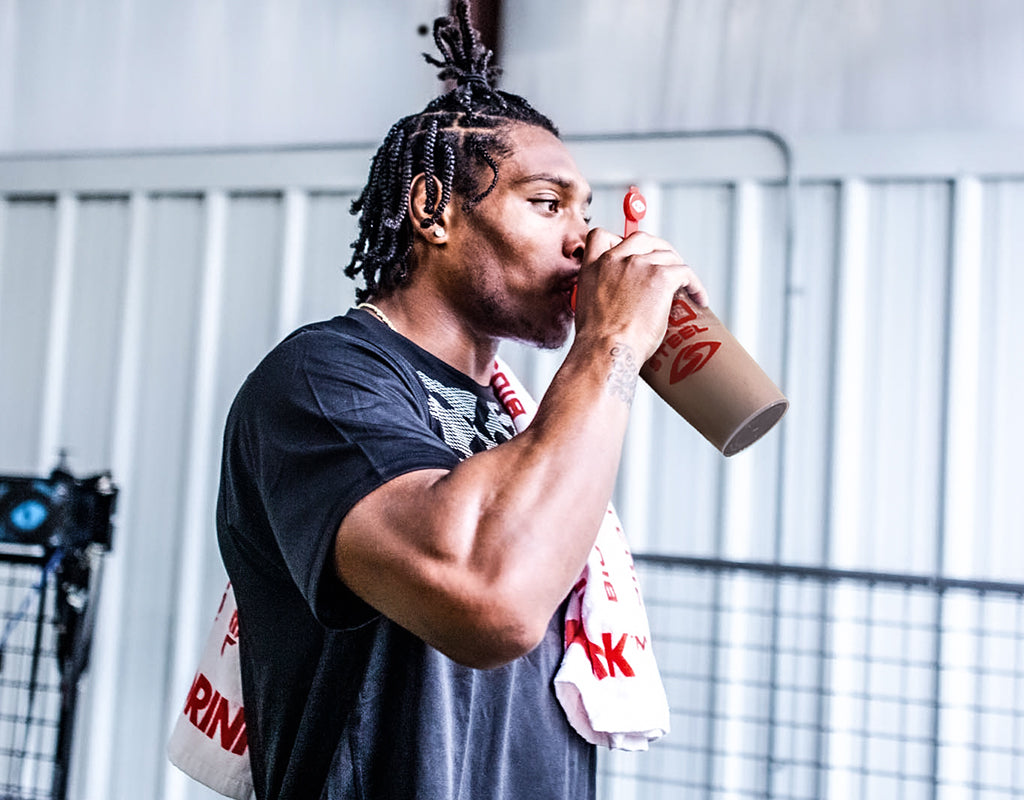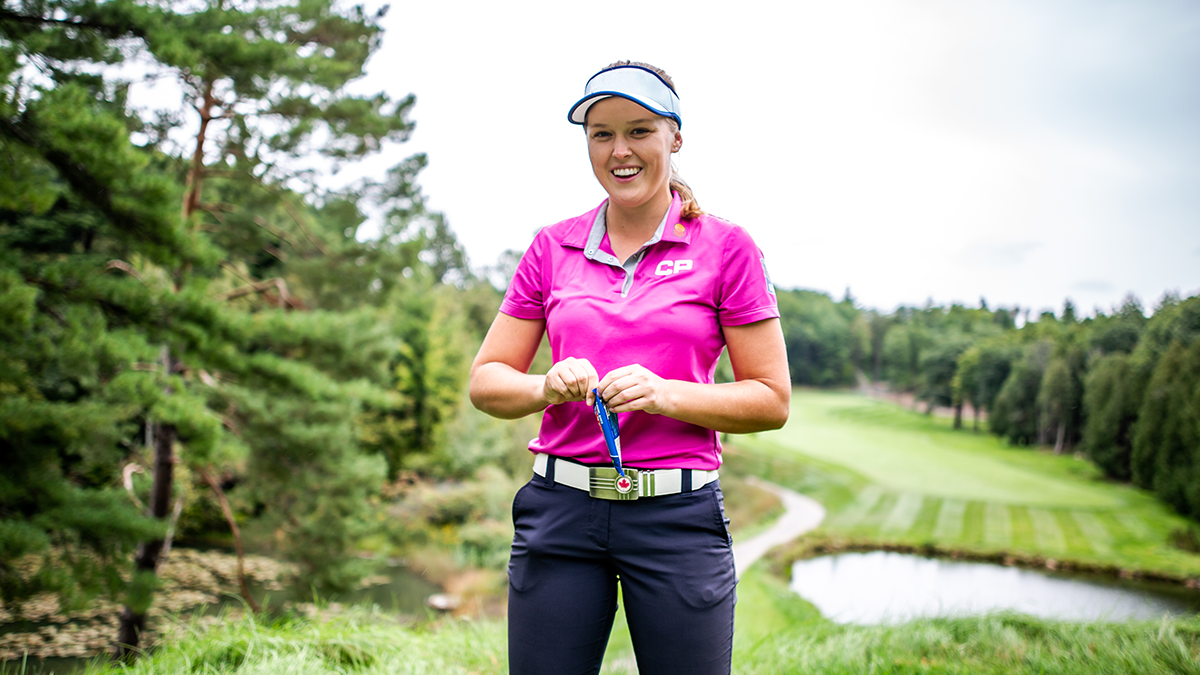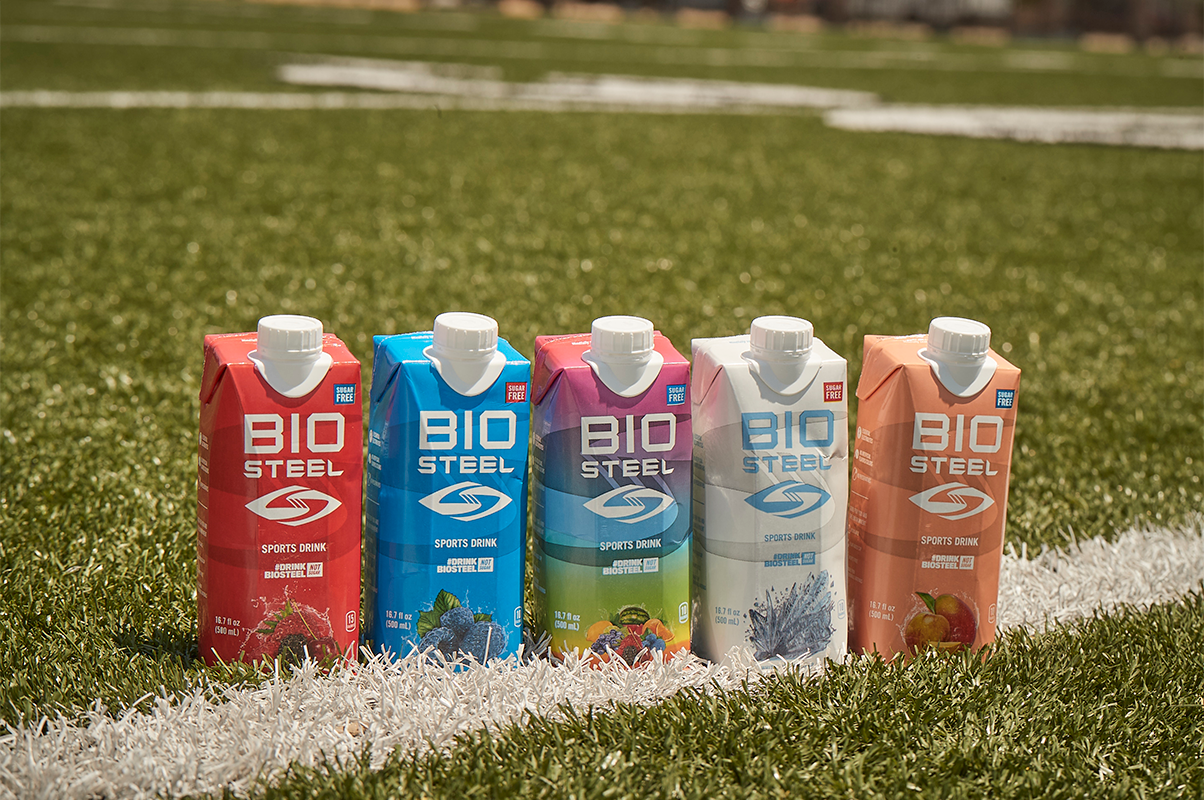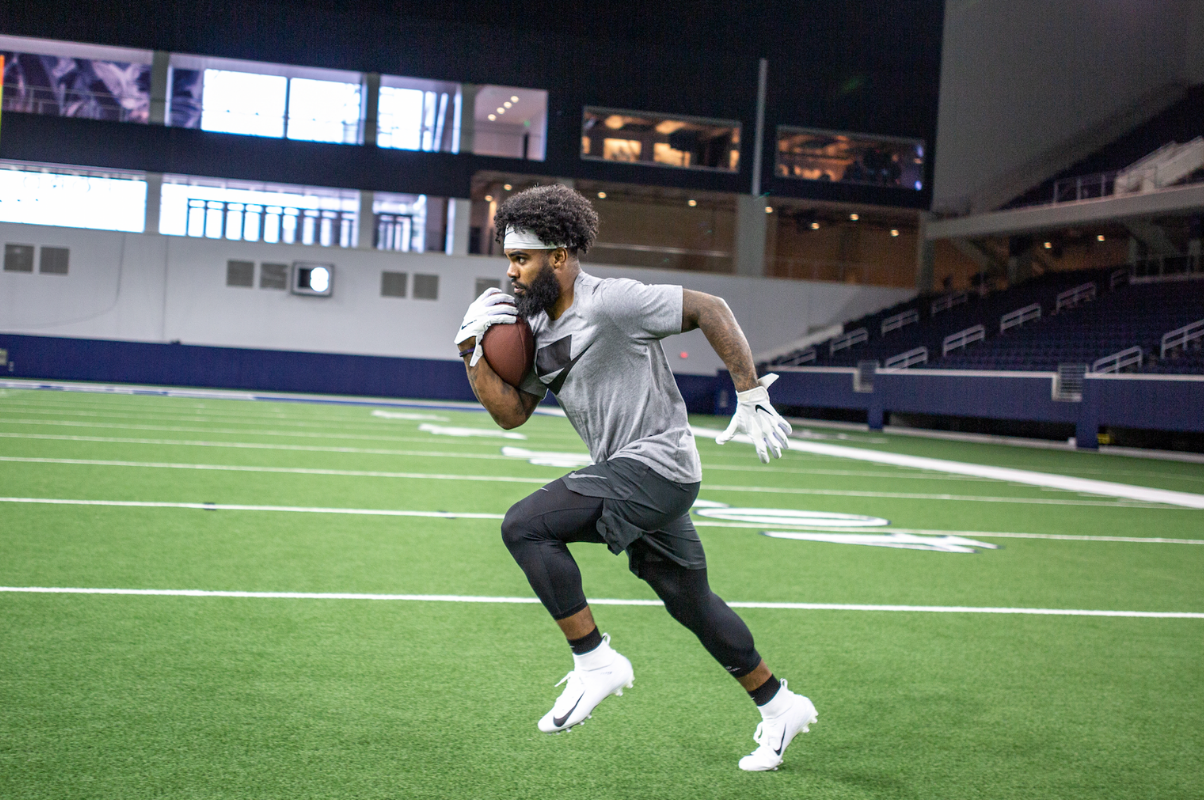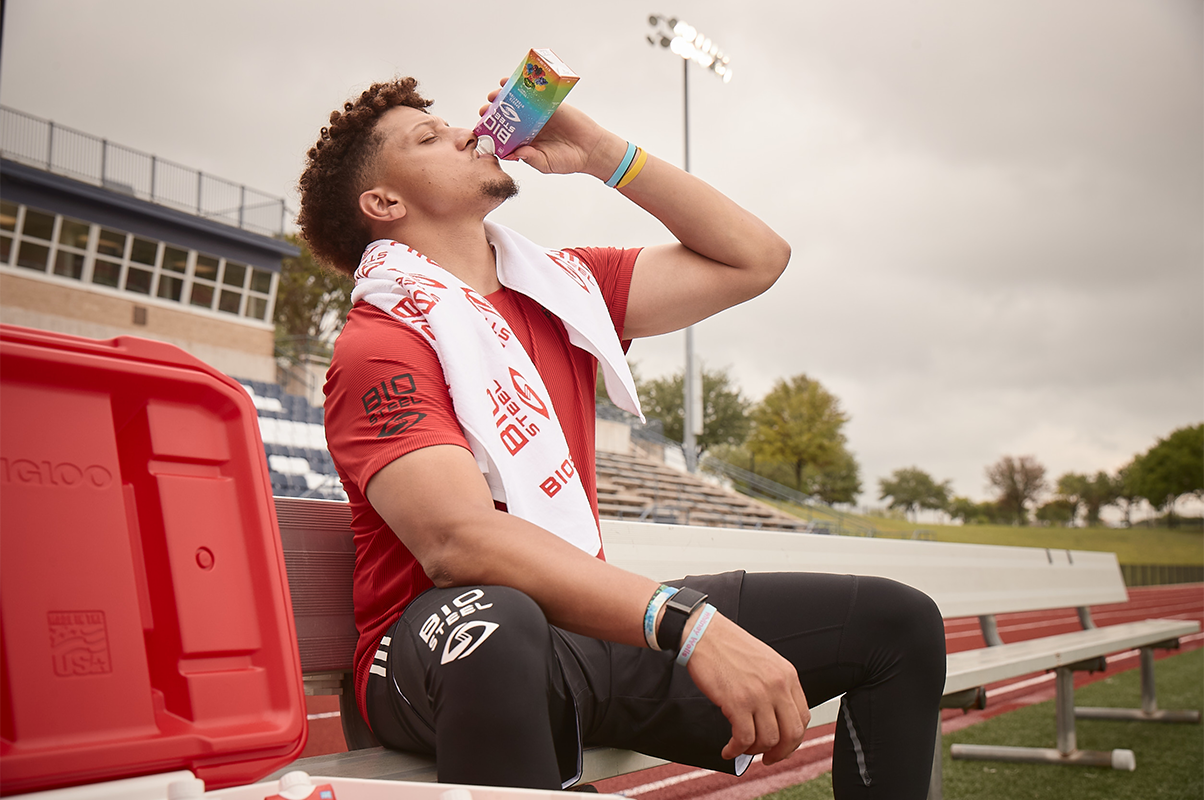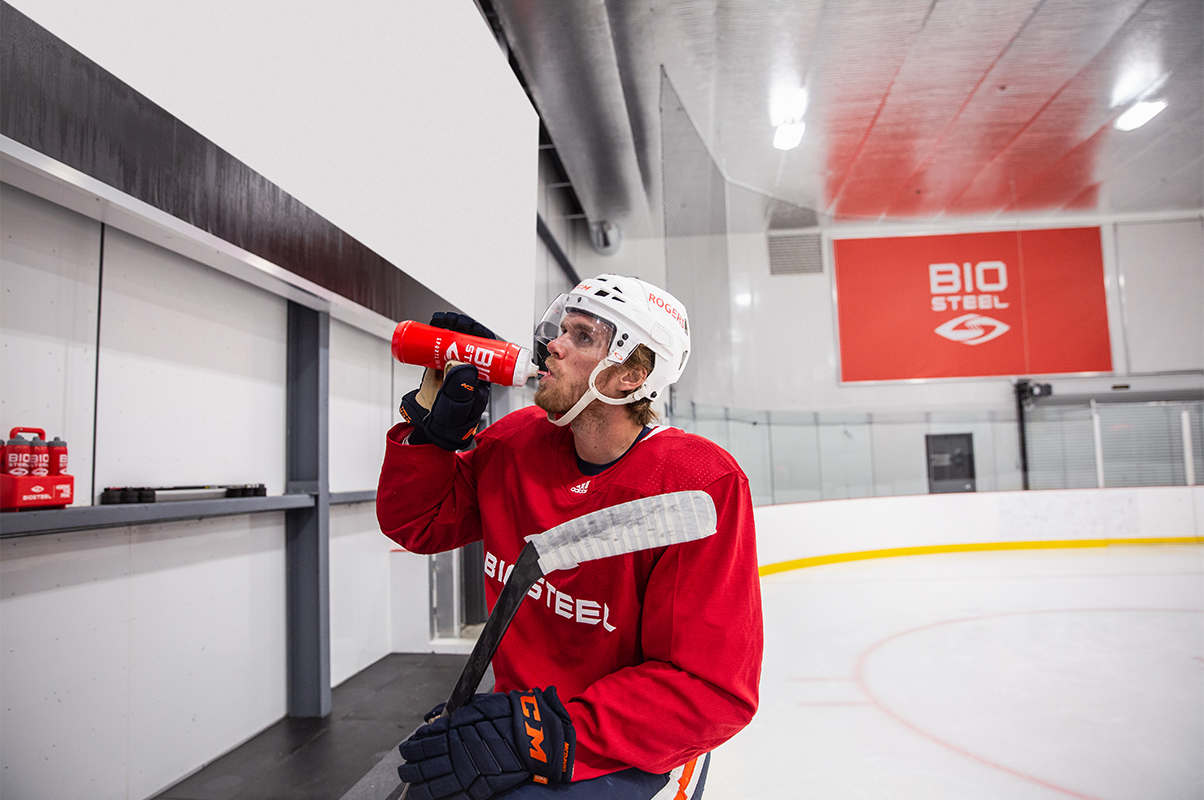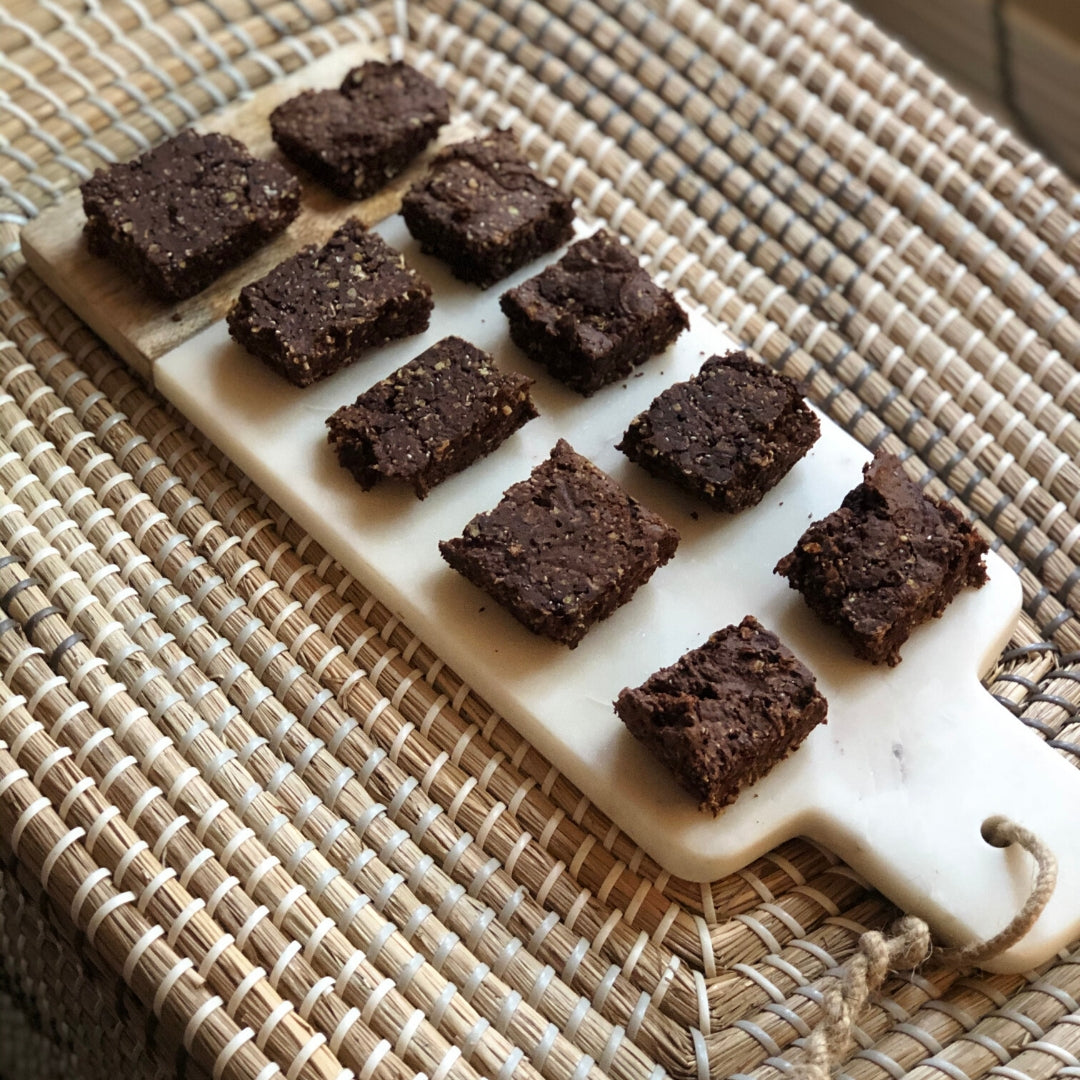Top 3 Tips From Training Professional Athletes
We spend 3 months every year doing our best to help some of the top players in the game become the best version of themselves in the highly competitive landscape of professional hockey. Gone are the days of trading sticks for a summer of golf clubs, instead players are spending time in the gym, and on the field looking for ways to complement and improve their on-ice performance.
You don’t need a professional hockey player to train like one! In today’s article we borrow a few tricks from some of the best in the game and show you how to incorporate them into your own training regime.
Exercise
Single Leg Training!. The majority of sport is spent on one leg, skating, running, kicking, throwing, these activities all require lower body strength and stability to execute and we spend a lot of time on one leg training those attributes. It is an area of training that is often overlooked in the general gym routine, but we want to change that. Single leg work is great for developing hip strength, and balance, as well as minimize the stress placed on your back. If you have struggled with a back or knee injury in the past – chances are you have – then we strongly suggest incorporating some SL work into your routine. The improvements in hip strength will help protect your knee as well as decrease the risk of slipping and falling.
Nutrition
Hydration is a key factor for performance, both mentally and physically. Dehydration can lead to headaches, fatigue, brain fog, electrolyte imbalance, muscle weakness, muscle spasms, digestive issues (constipation etc.), skin issues and so on leading to even more severe conditions. The consumption of sugary beverages and excess coffee throughout the day can cause the body to be dehydrated regardless of how much water you pound. The focus should be on quality spring water consistently throughout the day, check the color of your urine regularly, looking for a pale yellow. It is also recommended to drink a quality sports drink like BioSteel HPSM which is not only full of electrolytes but also B-vitamins and amino acids to assist in recovery from exercise.
Recovery
Nap. The nap has been shunned in our performance-driven, full throttle modern life. We have actually started celebrating the opposite as if functioning at 50 percent capacity on no sleep is a badge of honor. Sports have a deep appreciation for the mid-afternoon nap and we want to give it a bit of love.
There is significant evidence indicating that we spent the majority of our existence as bi-phasic, if not poly-phasic sleepers. This means that rather then one solid sleep block we divided it up among 2 or more sections. This is still prevalent in countries that possess a siesta – notably Spain – trying to find an open restaurant at 2 o’clock in the afternoon in Barcelona is of the more frustrating lessons of our travel life. We realize it’s not possible to sip a small glass of Rioja and then curl up on the couch for 2 hours but a quick 20 minutes can go a long in boosting creativity and productivity.
By: Sylvie Tetrault

